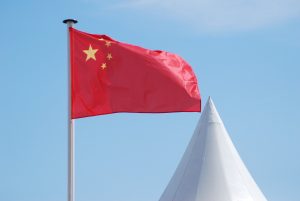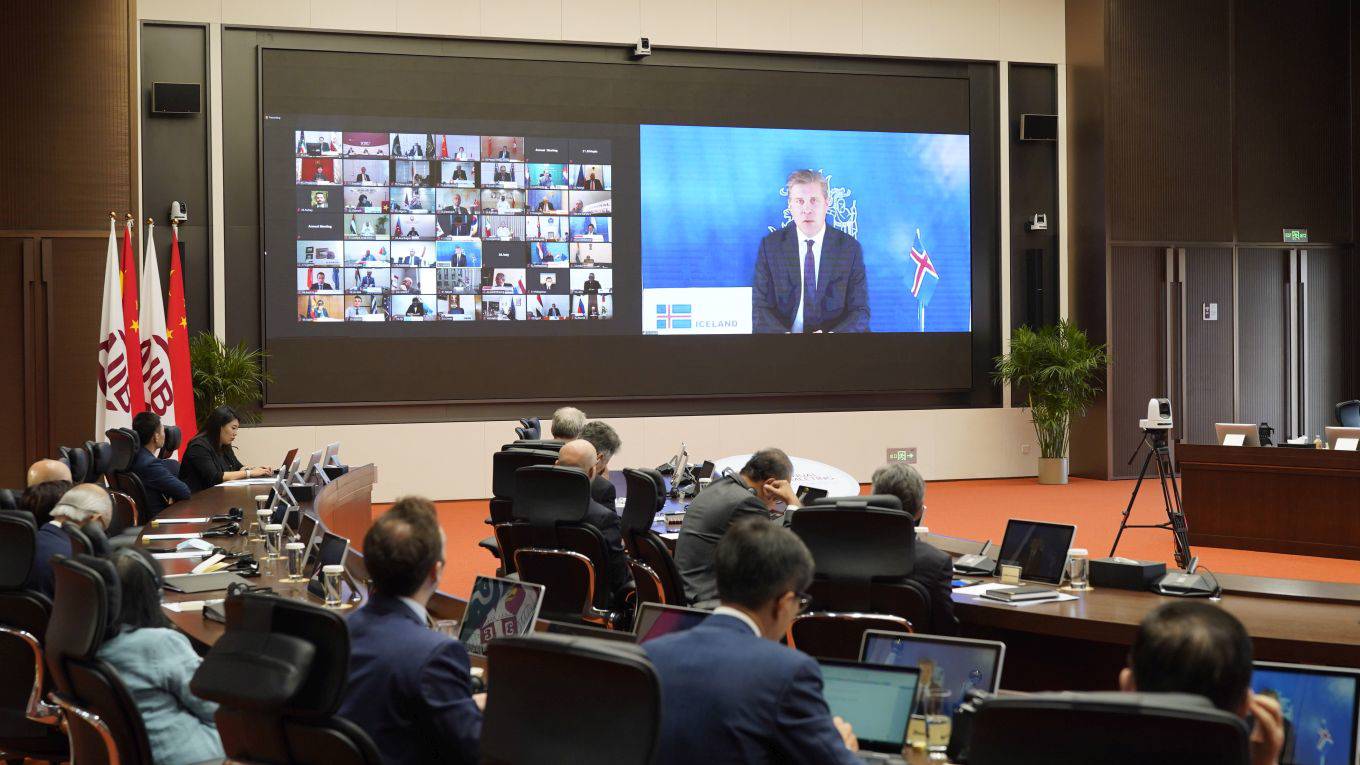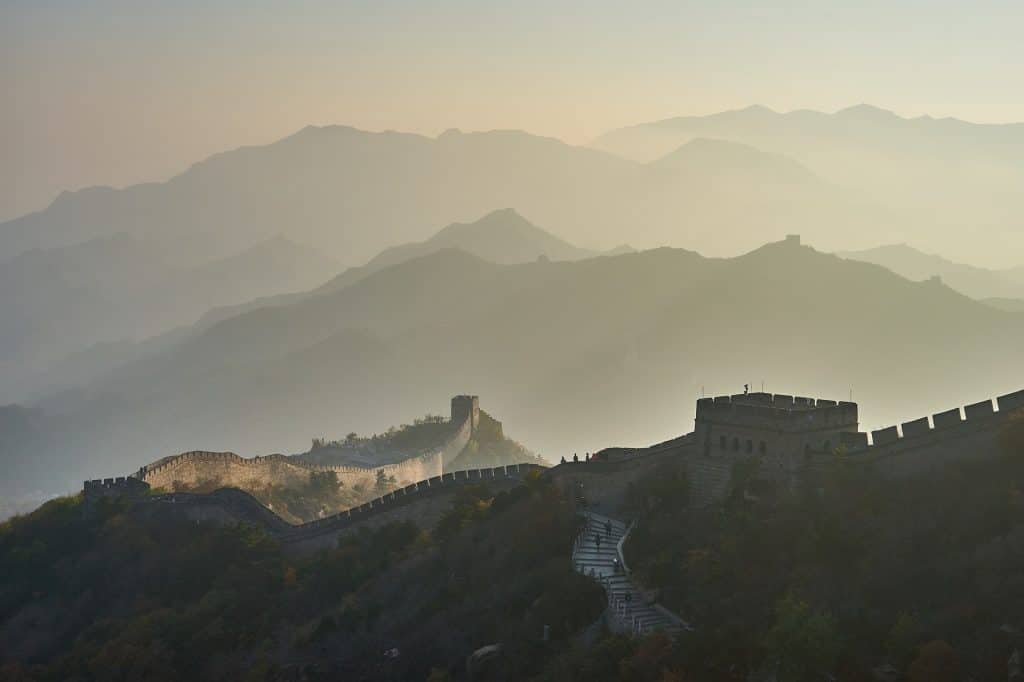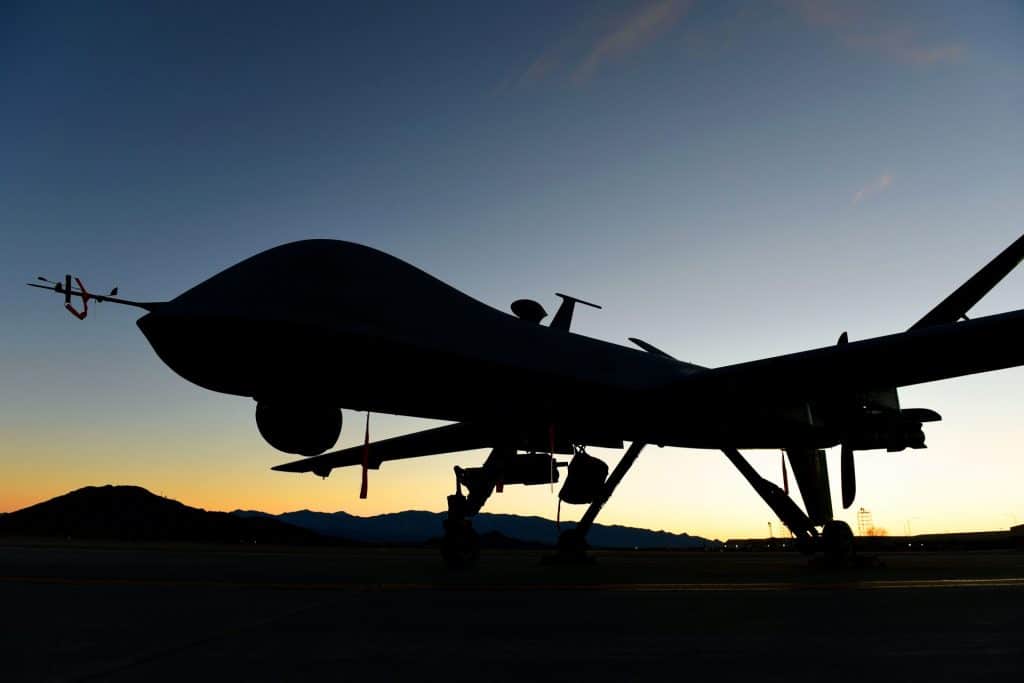By Haroon Azar
October marks the nineteenth anniversary of Operation Enduring Freedom, the United States' military intervention in Afghanistan. The war accomplished its key goals effectively, at least initially. The Taliban were quickly removed from power, and al Qaeda was decimated. But the American led coalition was unable to prevent the Taliban from regrouping, and the subsequent nearly two decades have seen casualties mount for America, our NATO allies, and especially Afghan government forces and the country's civilian population. Just last week, a car bomb targeting a government building in Nangarhar province killed 15 and injured more than 40.
The Taliban insurgency grew—quickly becoming persistent, evasive, and devastating with the help of key neighboring countries. By 2010 the number of American troops in the country had reached 100,000, and the total number of foreign troops was 150,000. Despite these numbers—or perhaps because of them—the United States and its allies were unable or unwilling to decisively defeat the Taliban—and the Afghan central government appeared too corrupt or at least too weak to encourage Taliban fighters to defect.
It is no wonder that so many Americans want to see the last of our troops come home. After a war that has lasted longer than Vietnam, and as such is the longest war in our history, and with over 2,300 dead and 20,000 wounded, Americans are exhausted. (This is nothing to say of the hundreds of billions of dollars expended.) The Trump administration is now supporting peace talks with the Taliban even as the Taliban continue a brutal campaign against the Afghan government that is ostensibly our ally.


















